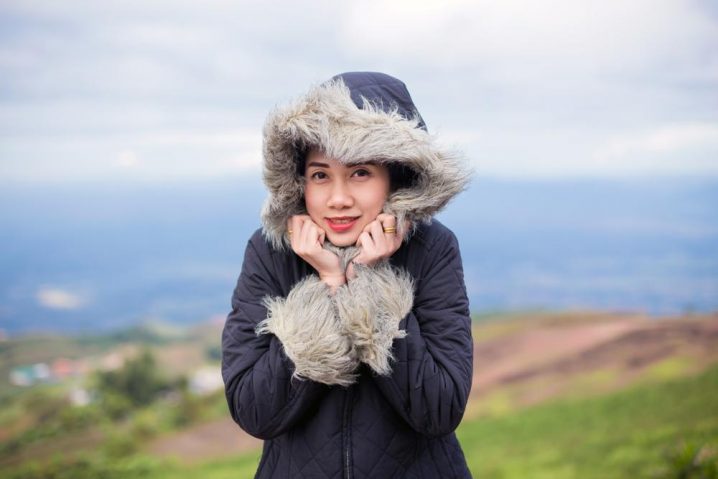You’ve heard the expression “dress in layers,” but have you actually bothered to apply it to everyday life and not just when you’re venturing out to the mall in a snowstorm? (Talk about running hot and cold.) Layering to keep warm in the fall and winter is a must-do, but layering to keep warm and stay fashionable is a learned skill.
Stop sacrificing warmth and comfort for fashion every time the temps drop and read on for a few tips on how you can use layering to get a little more life and a heck of a lot of style out of the much-loved pieces in your wardrobe.
The Base Layer
First things first when it comes to dressing in layers—establish a proper base layer. A base layer is typically something long-sleeved that sits against your skin and can ideally help keep you warm in the cold while also wicking away any excess moisture that results from layering up.

Tips for a Great Base Layer
- Because you want it to be breathable, cotton is a great choice for an effective base layer, which means that something as simple as a long-sleeved tee can get a lot of wear during those bitterly cold months.
- You don’t want your base layer to be very bulky or made from a heavy fabric. Remember, you’ll be wearing something on top of it, and you don’t want it to affect that sleek silhouette.
What to Wear
As mentioned, a cotton long-sleeved tee is a great option for an effective base layer. Other great base layer options are tailored turtlenecks and slimming collared button-downs. Long-sleeved bodysuits also make a great base layer and come with the added bonus of not having to worry about looking bulky beneath your clothes.
The Middle Layer
The main purpose of the middle layer is to keep your body heat from escaping into the enveloping cold. Just because the middle layer is technically the insulating layer, this doesn’t mean you have to live in sweaters all season long to survive the cold.

Tips for a Great Middle Layer
- Essentially, this is the layer you’re building your whole ensemble around, so this is the layer that will show off your fashion prowess and your keen eye for style.
- Thanks to that well-thought-out base layer, you can have fun wearing your warmer weather clothing—like tee shirts and shift dresses—as that oh-so-important middle layer.
What to Wear
Try layering a long-sleeved tee under a favorite short-sleeved shirt. Or layer a turtleneck beneath a flowery summer dress paired with ankle booties and tights to get a few more wears out of a much-loved piece. Of course, you shouldn’t shy away from sweaters altogether. A plaid button-down shirt looks great under a knit sweater or open-faced cozy cardigan. Really, when you think about it, the possibilities are endless.
The Outer Layer
The outer layer is the one used to shield you from the wind and rain, and it is essentially your coat or jacket. Depending on where you live and how harsh the weather is, it might make more sense to put function over fashion on this one. After all, as much as we love a stylish leather jacket, we wouldn’t suggest you wear one in the middle of January during a snowstorm.

Tips for Functional Outer Layers
- Having more than one type of winter coat is a must in areas that experience vast differences in temperature, especially if you need a stylish coat for work or a dressy event vs. a more all-purpose, extreme weather coat for fun wintertime activities like skiing and snowboarding.
- Longer coats are usually best in colder months since they offer more coverage. If you opt to go for a shorter outer layer like a bomber jacket or down vest, then consider wearing a longer middle layer too.
- Those dreary cold days are no reason to neglect your outer layer when you’re styling your look. Add a scarf or a stylish hat to your ensemble to brighten up any cloudy day.
Having to dress in layers for months doesn’t have to be a drag when you know how to do it effectively—and fashionably. Try out these tips for layering your look and never be without something fabulous to wear.



